IMPORTANT: No matter what you decide, I recommend getting your book published on Kindle first, and then moving on to creating your physical paperback copy.
1. Ask Yourself Why You Want to Make a Book
The first step to making a book is to ask yourself why? There are several valid reasons for turning your eBook into a paperback.
First and foremost, because you want to! You put the blood, sweat, and tears into authoring a book. Now you want tangible proof that you can see, carry around, and display on your bookshelf. That’s a good enough reason!
Some authors, especially those who identify as non-fiction experts, find that paperbacks serve as glorified business cards. These copies are especially useful for speaking engagements or professional development events, such as conferences or continuing education courses.
Passing out free books to interested readers is a terrific way to build a solid fan base as well as spread the word that you’re an author. If you elect to sell your books at events, you can recoup some of your costs and potentially even turn a profit.
Using your printed book to generate leads and make network connections is never a bad idea. If your book genre lends itself to this type of network development, then definitely go for it.
2. Important Factors to Consider Before You Print Your Book
The Cost of Making a Book
If you’re basing your decision strictly on revenue, then you’ll want to think about it before heading down the printing path. Paperback can be costly to produce. Luckily with Amazon’s CreateSpace, they take care of the cost upfront, but they will take a higher percentage of your revenue to make up for the printing cost. This means you won’t make as much money off the sales of a paperback as you would with an e-book.
We’ve often seen that the most lucrative path for e-authors is the combination of a Kindle eBook and an audiobook. If your goal is to make as much money as you can, and you have to choose between the two, then consider pursuing an audiobook over a paperback. (Although funding an audiobook can be pricey, and you are responsible for that upfront cost, so do the math!)
Who to you choose for printing and fulfillment?
You may have heard that KDP recently started printing paperback copies of books on demand. So the big question everyone has on their mind is “CreateSpace or KDP?”
Since you’ll already be familiar with KDP from uploading the Kindle version of your book, it may seem like KDP paperback publishing is the easy choice. But that’s not necessarily true, at least not yet.
At Self-Publishing School, we recommend CreateSpace over KDP (in the meantime!) while KDP works out some of its kinks. As of right now, KDP does not offer discounted author copies for resale, print proofs, and expanded distribution.
With CreateSpace, you get all of those benefits and your work is manufactured to meet demand, so your title is always in stock. There are no upfront costs and no need to carry inventory because they print on-demand through Amazon. It makes creating a hardcopy much simpler!
The Length of Your Book
Before you make a book in print version, make sure that your book length allows for the optimal outcome. We usually recommend printing books that are over 15,000 words. That’s not to say that a lighter word count should preclude you from printing—for instance, children’s stories, photography books, and travel books are all examples of shorter genres that are easily and commonly converted from eBook to paperback.
Should you decide to create a paperback version of your eBook, it might be easier to wait until after your book has been published digitally.
3. The Pre-Printing Checklist
You’ve given it some thought and considered the factors above, and you’ve decided that you do want to print paperback copies of your book. Before you take the next step, it’s important to dot your “i’s” and cross your “t’s.” Run through our pro-developed, pre-printing checklist to make sure you’ve checked all the appropriate boxes.
- Choose the size of your book.
- Decide on black & white or color (Note: The prices may vary).
- Price your book properly.
- Create a rough concept for your covers.
- Decide whether to outsource your cover graphics and design.
- Write your author bio for the back or inside cover.
- Pick your author headshot for the back or inside cover.
- Pick the reviews you want to include.
- Pick your spine design and layout.
- Decide whether to outsource the interior formatting.
- Work out an interior layout—from fonts to chapters to margins.
4. Your Cover Design
The next step on the road to printing your masterpiece is to design a Louvre-worthy cover. Ok, that’s a lot of pressure, but you should aim for at least a Barnes & Noble-worthy design.
Meeting with a designer can help you verbalize and align on your creative aesthetic and vision, resulting in actionable suggestions. If you decide that you’d rather design your book’s exterior on your own, there are online programs that can help. CreateSpace allows the non-professional artist to render pro-quality graphic designs with relative ease.
Some design elements you’ll need to consider are: whether or not you’ll want a matte or glossy cover, which fonts you’d like, and the design of your book’s spine. Typically, books with less than 101 pages should have a completely blank spine, due to space restrictions. Books with more than 101 pages have room for a title on the spine.
You know that, of course, your book will need a front cover, but you shouldn’t neglect your book’s rear. In addition to the cover art and fonts, you’ll need to create a back cover design. Most back covers provide a brief description of the book, an author headshot alongside a quick bio, and an optional barcode and ISBN.
5. Your Book’s Interior Formatting
Formatting your printed book pages is a finicky, technical process. For this reason, many authors say that outsourcing this chore to a professional book formatter is well worth the cost. Page margins, titles and subheading, and fonts are all tough to layout properly. Handing this over to a pro can save you a big headache. Moreover, at the end of the process, a good formatter will give you an archival quality product.
If you do decide to tackle the interior formatting yourself, then there are programs that can make the process simpler. Word has downloadable templates to make the work easier. These formats vary, depending on how many pages your book has. Make sure to experiment with multiple formats to help you decide which works best for your specific layout needs.
6. Upload to Amazon’s CreateSpace
Once you’ve created your printed book, the next step is to find your fulfillment house. There are many options available. Fulfillment houses pack and ship, and provide customer service for your books. We tend to overwhelmingly recommend CreateSpace. Their services are user-friendly and simple to follow. And CreateSpace works with Amazon to sell your books on demand, so you can curb the costs of printing more than the number of copies you need.
There are multitudes of resources out there to help you turn your eBook into printed paperbacks. Whether you want to sell your printed books, use them as pro marketing tools, or simply admire how lovely they look gracing your bookcase, realize that with a few easy steps, you can create your own beautiful paperback version of your eBook.
Editor’s Note: This article was originally published in July of 2016 and has been updated for accuracy.
 Gemini
Gemini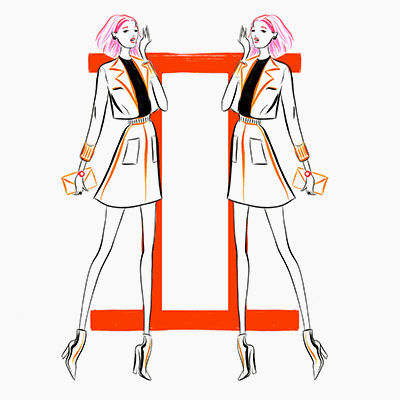 Cancer
Cancer Leo
Leo Virgo
Virgo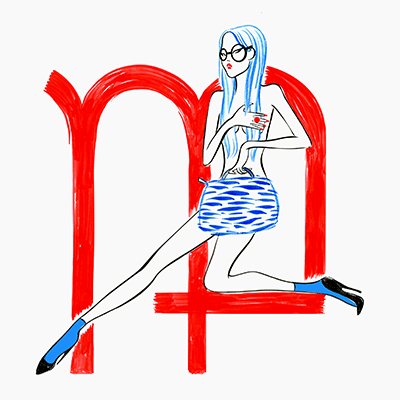 Libra
Libra Scorpio
Scorpio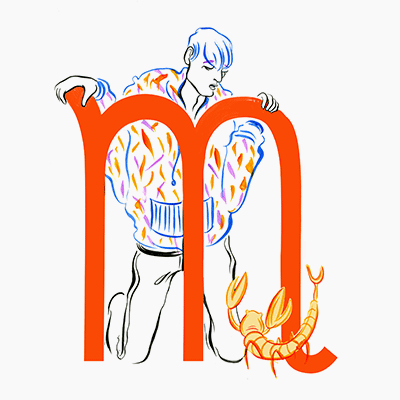 ScorpioScorpio
ScorpioScorpio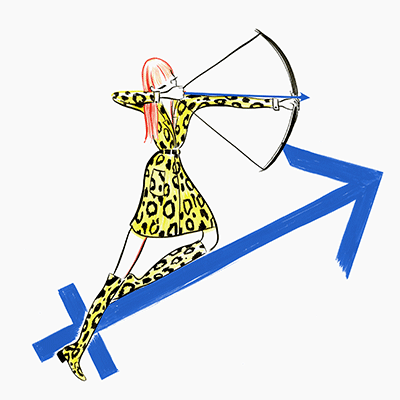
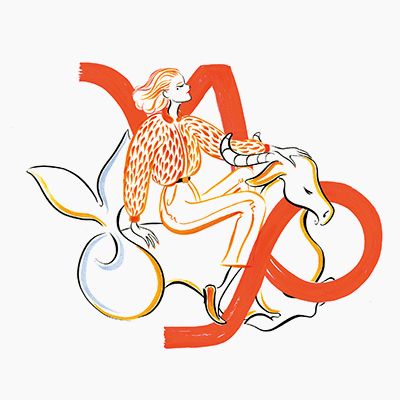
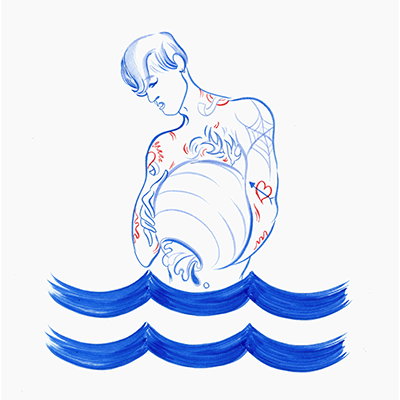 Aquarius
Aquarius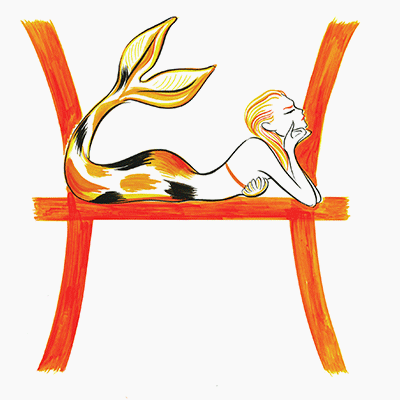 Pisces
Pisces


















